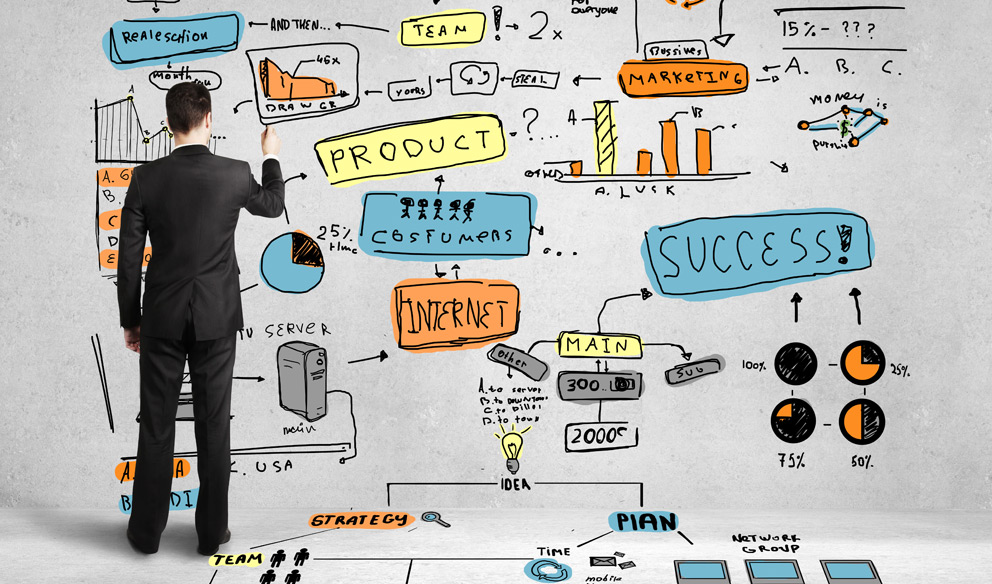
It’s commonly said in marketing that “content is king.” But how do you demonstrate content effectiveness to other stakeholders in your organization? Marketers need to show that the content they are creating and promoting is helping to achieve business objectives.
It’s important to understand that key performance indicators (KPIs) vary by campaign stage. For example, a top of the funnel campaign is usually focused on building the size of an audience, increasing brand awareness and total addressable market. Typical KPIs for this stage would be unique site visitors, return visitors and pages per visit.
Moving down the funnel the objectives focus on turning visitors into content leads. Newsletter signups would be an effective KPI for this stage. Gated content – requiring registration to access – typically begins here and the percentage of visitors willing to register is another metric for content effectiveness.
At the bottom of the tunnel marketing qualified leads (MQLs) are an important KPI, defined by the organization’s lead scoring methodology. Over time the methodology allows for metrics like pipeline revenue and life time value of customers.
Deciding when to gate content is an important decision with pros and cons. Obviously the biggest benefit is customer self-identification through registering for your content. However, the downside is greatly reduced traffic and SEO.
For example, if we accept that 75 percent of prospects are in what Tracy Moon of FireEye calls the “Dark Funnel,” then clearly those visitors don’t want to register. Conversion rates can be very low. A knowledgeable source in B2G marketing told me that she considers a registration rate of 0.4 percent a success, and LinkedIn says that anything above 0.3 is a successful sponsored campaign.
When it’s time to consider gated content I counsel my clients to ask these questions:
- What level of the sales funnel is this content designed for? It needs to be towards the bottom to make sense.
- Make sure there is a clear process in place to follow up on these prospects, and know what CTR percentage represents success.
- Review the most popular content on the site. Is there strong engagement with that content? If yes, do you have additional, deeper content to share on those topics? That could be effective content to gate.
There are ways to track effectiveness that don’t require gating content. Here are some things my clients have used:
- Tailored urchin tracking modules (UTMs) – these can tell you the source, medium, content and campaign that produced the click and visit. UTMs can be set up inside Google Analytics.
- Building links to gated content inside the most popular ungated content. This keeps the funnel progression clear.
- Use reverse IP providers to identify companies visiting – I’ve used Lead Forensics in the past.
Tracking content effectiveness can become a virtuous circle. Better analytics validates the role of content marketing in business success and identifies the issues and topics most valuable to visitors. It’s a win-win that will keep both customers and internal stakeholders happy.